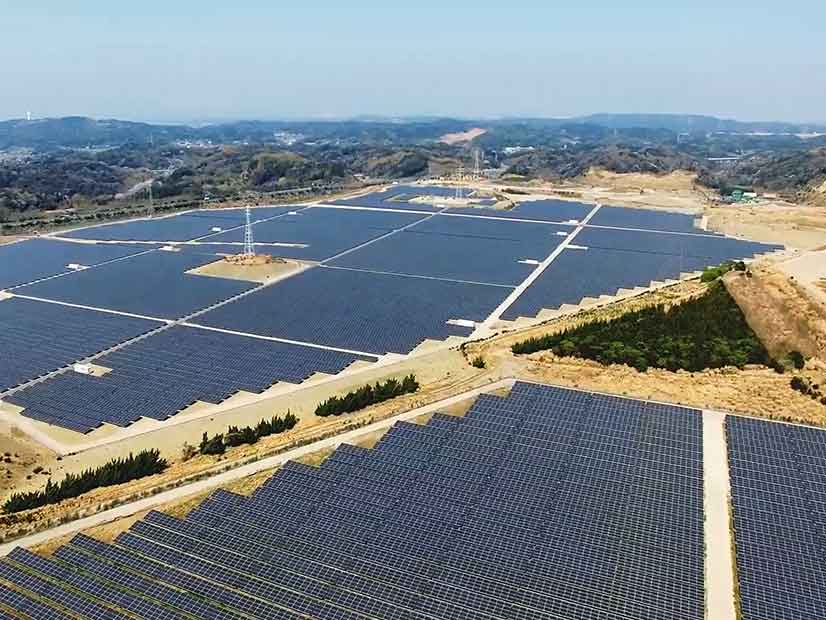MISO huddled this week with stakeholders on how to handle interconnection studies for distributed energy resources that enter its market once it is in compliance with FERC Order 2222.
Kristin Swenson, the RTO’s DER program director, said during a Tuesday conference call that the grid operator envisions its interconnection studies for DER aggregations will probably “look a lot like affected system studies.” Those studies assess neighboring interconnecting generation’s impacts on the MISO system.
“We’re not anticipating creating a new process for that,” Swenson said of DER aggregation study.
She told the Interconnection Process Working Group that MISO needs to settle on the timing and frequency of studies; a megawatt threshold that triggers an affected systems study for DER aggregations; and coordinating study assumptions and results with distribution companies and transmission owners.
Swenson said the tariff currently doesn’t outline any procedures for distribution-level studies and that MISO “doesn’t have the data on the distribution system.”
The RTO says it is “not in the best position to dictate all aspects of the DER studies to be performed, though coordination on affected system studies is routine.”
The grid operator said it prefers that DER aggregations move to MISO transmission owners for a second impact analysis once the aggregations are screened and studied by distribution companies. After the TOs’ study, the RTO said it will perform quarterly affected system studies on aggregations.
“We don’t want the DER to go directly to MISO … It’s our perspective that this has to pass through a transmission owner,” she said, adding that staff may have to pursue changes to its transmission owners’ agreement to outline the study hierarchy.
Order 2222 stipulates that DER aggregations use the interconnection queues of their state or other retail rate authority. Once approved at the state level, aggregators then register for market access. Aggregations will not enter the MISO interconnection queue.
Clean Grid Alliance’s Rhonda Peters asked for more details behind the affected system process MISO plans for DER aggregations.
Swenson said that while the grid operator hasn’t settled yet on specific study methods, they would likely be part of business practice manuals drafted before an Order 2222 compliance filing with FERC next April.
“I would ask that this be done sooner than later … It’s so critically important,” Peters said. “How this is done is going to determine how things are cost allocated. Honestly, I think this is the most important task.”
“There’s no clarity in how this process works,” Entergy’s Yarrow Etheredge agreed. “It’s something we need to know now, regardless of Order 2222.”
Swenson said staff has considered a 5-MW threshold for aggregations before triggering affected system studies.
“As we’ve discussed internally, we’re struggling to come up with one number that would always apply because it’s such a diverse system out there,” she said.
Etheredge asked that MISO establish a process for determining the impacts on nearby substations. Swenson responded that staff would need to turn to distribution companies for much of that data.
“Understanding what the cumulative effect on the substation is going to be critically important to reliability,” Swenson said.
She also said MISO prefers to not directly bill and process invoices for affected system studies with individual DERs, as some stakeholders have suggested.
“MISO will have no contractual relationship with individual DERs,” Swenson said. “The DER is not connecting to a system controlled by MISO, and our tariff does not include language for study of distribution-connected assets in any event.”
Swenson also said distribution, TO and MISO-originated studies are going to be complicated because aggregations can be “fluid, and assets must be editable within an aggregation.”
The grid operator is accepting stakeholder opinions on its affected system study approach to DERs through Aug. 3. It hopes to determine study procedures by the end of the year as part of Order 2222 compliance.
“The idea is to have all the major ideas knitted together by the end of the year and start tying it up early next year,” Swenson said of the FERC filing.



